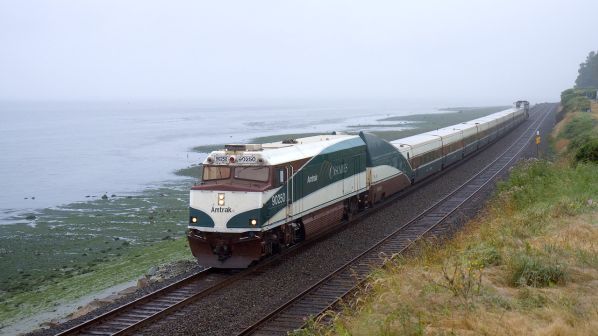The one-year study was carried out by WSP along with Steer Davies Gleave, EnviroIssues, Paladin Partners and Transportation Solutions, and overseen by Washington State Department of Transportation, in partnership with Oregon Department of Transportation, the Canadian province of British Columbia and Microsoft, which shared the costs of the analysis.
The study examined the case for building a dedicated 350km/h line which would reduce Seattle - Vancouver and Seattle - Portland journey times to around an hour.
The analysis is based on construction between 2027 and 2034 followed by the first 40 years of operation. It confirms that the 500km line could be built within the $US 24-42bn in upfront construction cost estimated in the previous study, which was completed in 2017.
Initial annual revenues are forecast to range from $US 160m and $US 250m, with a “conservative” ridership estimate indicating the line could carry between 1.7 million and 3.4 million passengers in the first year of operation. Farebox revenues are forecast to cover all operating costs in the longer-term.
The report suggests that the states of Washington and Oregon and the province of British Colombia should now look to establish an initial steering committee comprising representatives of the three jurisdictions. The committee will finalise the preferred governance model including general powers, operating structure and contracting requirements. It will also identify any proposed legal changes that may be needed for the project to move forward.
Further work will be required to develop conceptual alignment options, potential financing structures, and a preliminary environmental impact assessment.

